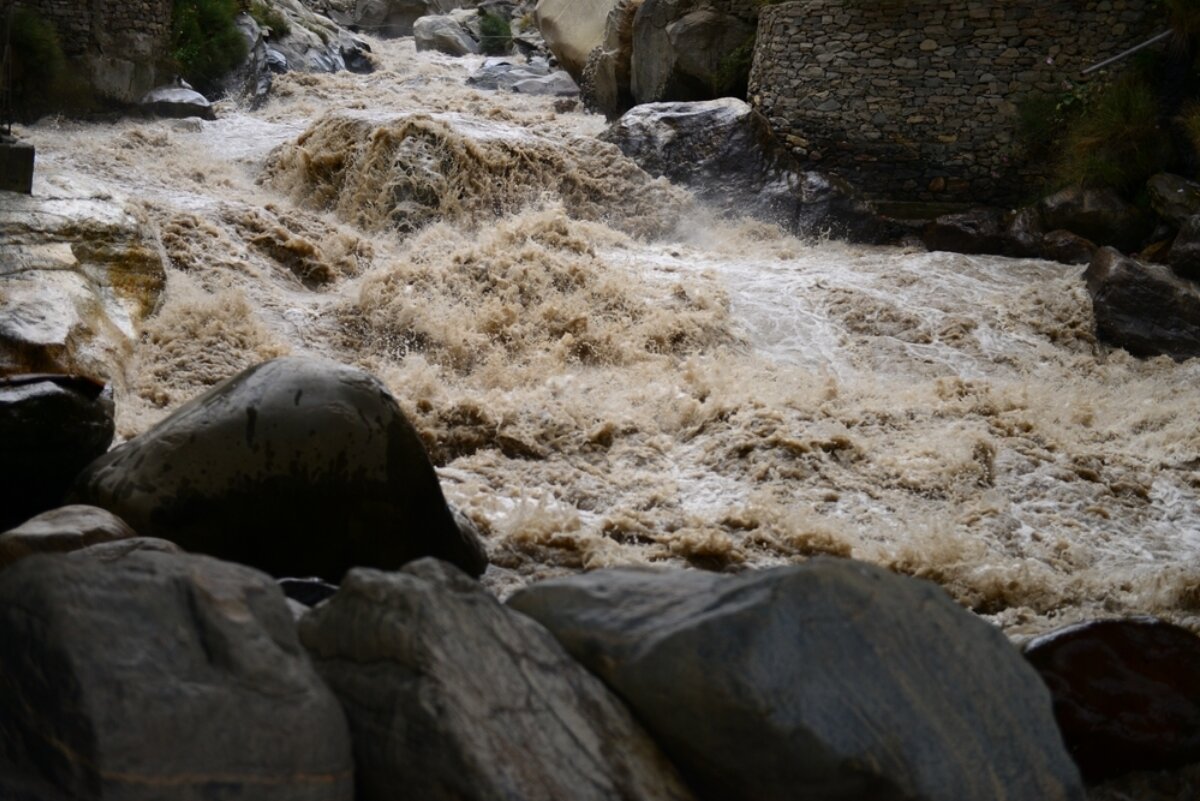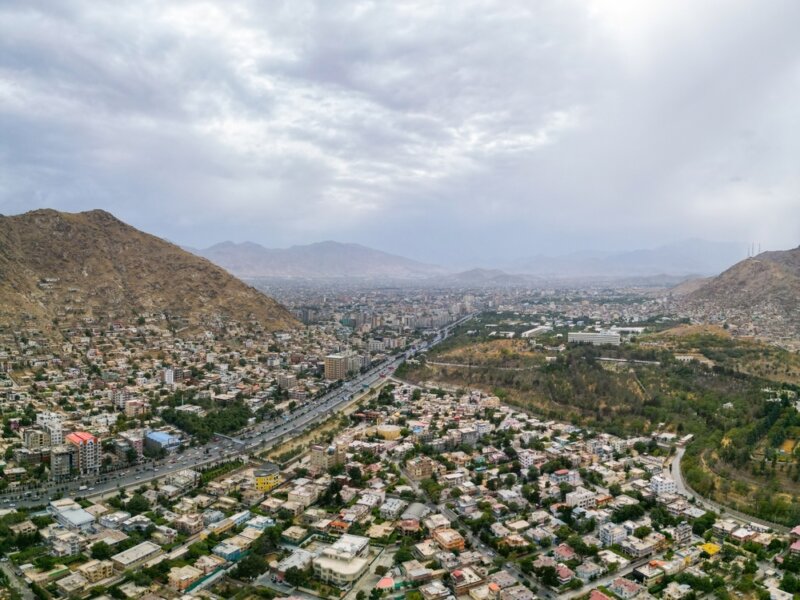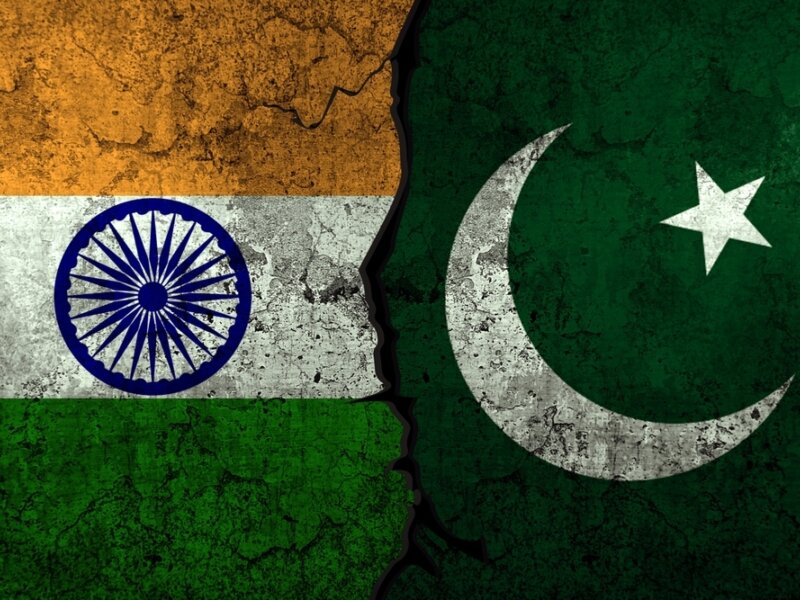Il rompicapo ambientale dell’Asia meridionale
La catastrofica alluvione in Pakistan ha posto l’allarme climatico all’attenzione dei Paesi dell’Asia del Sud. Il punto di Guido Bolaffi

Il cataclisma alluvionale che a fine dello scorso agosto ha semisommerso il Pakistan ha fatto scattare “l'allarme climatico” tra i paesi del Sud del Pianeta. In primis tra quelli dell’Asia meridionale, i cui governanti in gran numero si sono dati appuntamento a New York lo scorso 20 settembre, giorno inaugurale della 77esima Assemblea Generale delle Nazioni Unite, sperando che “Pakistan’s recent catastrophic flooding and global response to it will take center stage United Nation General Assembly” fosse l’occasione giusta per richiamare l’attenzione dei Grandi della Terra sui rischi immanenti connessi alla “their acute vulnerability to climate change”.
Tanto è vero che, scrivevano Michael Kugelman e Audrey Wilson su Foreign Policy nell’articolo Preview: South Asia at UNGA, “At U.N. General Assembly Pakistani Prime Minister Shehbaz Sharif will likely make a strong appeal for relief in his address [...] The top leaders from Bangladesh, Bhutan, Nepal and Sri Lanka are likely to highlight their countries’ own climate vulnerability, and the region will likely serve as a focus for climate-related deliberations at the summit”.
Una preoccupazione giustificata dalla consapevolezza che, spiegava Fatima Bhojani nell’articolo Pakistan’s Next Superflood Is Coming. The Calvary Isn’t, “Even a 1.5 degree warming target is untenable for countries already wracked by extreme weather. The West needs to step up”. Appello di recente ribadito anche dal Segretario dell’ONU Antonio Guterres. Il quale tornando da Islamabad – dove d’intesa con le locali autorità di governo aveva dato il via al programma straordinario di aiuti internazionali alle aree alluvionate – dichiarava: “I have just returned from Pakistan, where I looked through a window into the future, a future of permanent and ubiquitous climate chaos on an unimaginable scale”.
Uno scenario apocalittico confermato da un approfondito studio pubblicato lo scorso 4 ottobre dal New York Times, che nell’articolo The Monsoon is Becoming More Extreme scriveva: “Climate change is making South’s Asia monsoon increasingly violent and erratic”.
Come testimonia la biblica distruttività dell’alluvione pakistana, le cui conseguenze sono state di gran lunga peggiori rispetto a quelle che, pur numerose, avevano in passato ciclicamente colpito questo sfortunato angolo del Pianeta: “By some measures the 2022 floods – which submerged an area roughly the size of Italy – are unprecedented, even though Pakistan was also struck by superfloods in 2010 and unusually bad floods the next two years. On the scale of human suffering, both superfloods were like a nightmarish mashup of the 2004 tsunami, the 2005 Kashmir earthquake, and the 2010 Haiti earthquake all rolled into one [...] the flooding in Pakistan has affected 33 million people, making it the country’s worst displaced crisis ever, even worse than the partition of the Indian subcontinent that created Pakistan in 1947 and displaced 15 million people”.
Con l’aggiunta, dolorosamente drammatica, fatta sotto forma di domanda dall’articolo di NIKKEI Climate of Fear: “Did you know that Pakistan, the world's fifth most populous country, accounts for less than 1% of global carbon emissions but ranks as the eighth most vulnerable to climate change according to the Global Climate Risk Index 2021?”.
Domanda a cui aveva, sia pur indirettamente, risposto l'indagine condotta da Fatima Bhojani, secondo cui “Even the most ambitious targets of climate campaigners may be too warm for Pakistan’s comfort [...] Pakistan like other developing nations has become among the most vulnerable countries to even slight increases in temperatures [...] South Asia is in a particular bad patch. Bangladesh, too, had record-breaking floods this past summer, while India suffered drought and extreme heat waves. And Pakistan is just bracing for more”.
Ma è qui che il problema si complica. Per la semplice ragione che se è vero che il climate change colpisce, ma non origina dalle regioni povere del Sud del Pianeta, è altresì vero che non poche di esse, che oggi giustamente alzano la voce sulla questione ambientale, sono le stesse che negli ultimi anni hanno affidato le sorti del loro sviluppo alla Cina. Che, scrive Adam Tooze nell’articolo The great growth machine, pubblicato sull’inserto libri del Financial Times di sabato 1 Ottobre, “In the early 2000s, in the wake of massive industrialisation and urbanisation, China overtook the US as the largest emitter of greenhouse. Today China emits more CO2 than the entire OECD club of rich nations put together. In environmental terms, US-led west no longer controls its own destiny”.



